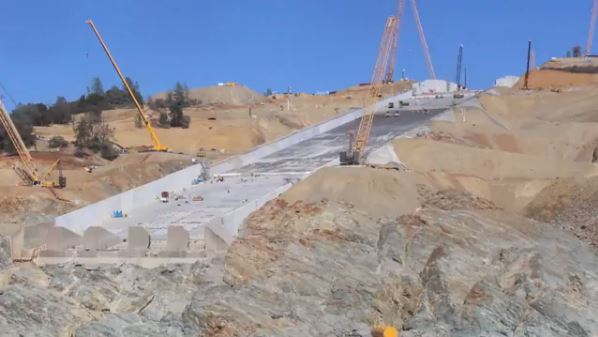
Modifications in the Part 12 review process on the Federal Energy Regulatory Commission’s part are warranted, and FERC needs to develop a list of the highest dams and spillways which could be of significant hazard to downstream populations.
These are two key findings of a report recently released by FERC, entitled FERC After Action Panel: Assessment of Oroville Spillway Incident Causes and Recommendations to Improve Effectiveness of the FERC Dam Safety Programbcwrzfcvxxvasqbucfvzuwyfbvuy.
After the Oroville Dam spillway incident of February 2017, FERC convened the FERC After-Action Panel to review the performance of the commission’s dam safety program at the Oroville Dam Project. This includes both work and actions by FERC staff and the program requirements of the dam owner, such as the Part 12 process, the analysis of potential failure modes, the Instrumentation and Monitoring Program, and the owner’s dam safety program.
FERC also directed the panel to identify any shortcomings in the FERC dam safety program implementation at Oroville Dam. If the panel found any shortcomings, FERC directed the panel to provide recommendations for improvements or changes that the commission could consider making to its dam safety program to avoid future incidents.
The After-Action Panel members are Dr. Alfred Hendron, Jr., Dr. Nelson Pinto, Dr. Gabriel Fernandez, Dr. Nicholas Sitar, Charles Ahlgren, PE, and John Northrop, PE.
The panel found that problems with the Oroville spillway chute slab have been ongoing since the project was commissioned in 1967 and there were some shortcomings related to the Oroville Dam Part 12 process.
FERC will now begin reviewing this 49-page report and will determine how to best address the recommendations provided.
Oroville Dam is on the Feather River in California.





